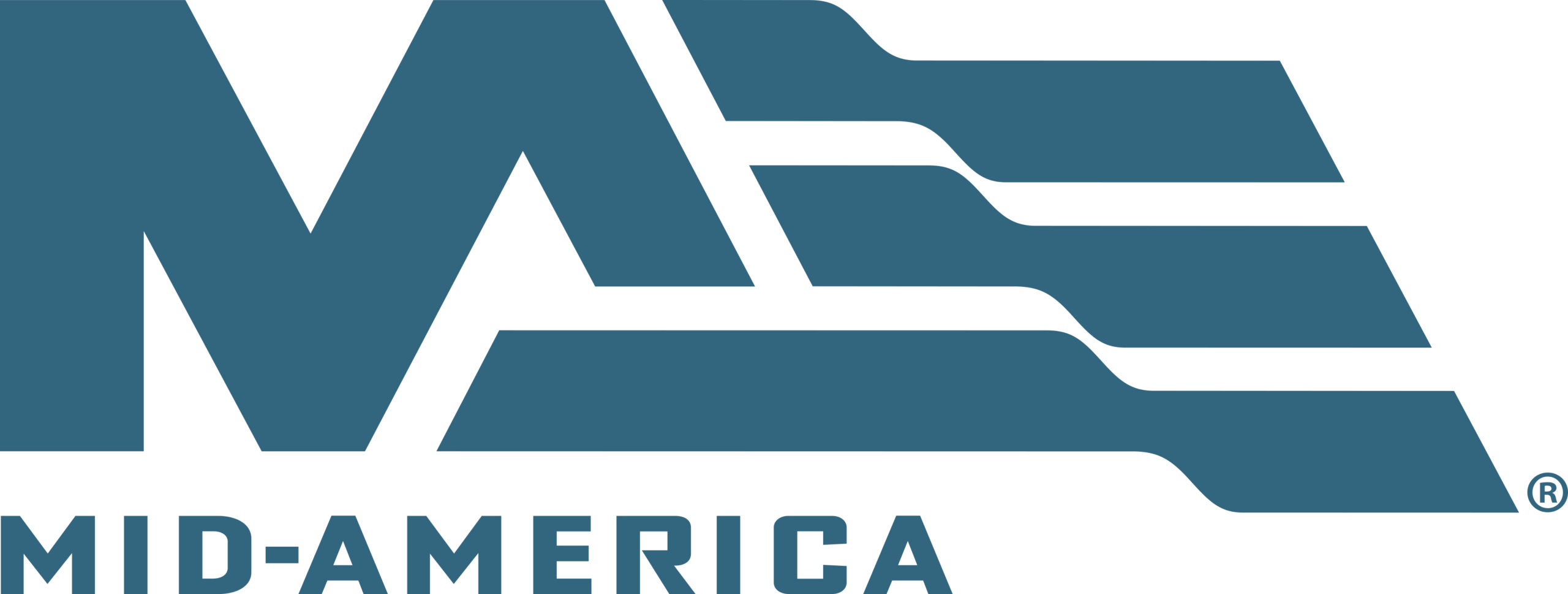The dawn of a new year—and a new decade—naturally brings out the predictions for what trends will dominate the landscape. But when it comes to color, it’s not always that simple. While some colors heat up and cool down quickly (perhaps bold hues sparked by pop culture), for the most part, shifts in color preferences happen more gradually, easing in and fading out over a number of years or even decades.
Still, it’s important to know what’s happening, so we checked in with strategist and trend forecaster Renee Labbe, Director of Foresight Strategy at Broadside Studios, to find out what we can expect in exterior color trends during the upcoming year and beyond.
New Neutrals
Neutral hues that began trending three, five, even eight years ago are still around as early adoption has merged into mass market appeal. And “neutral” doesn’t simply mean beiges and grays, it can mean subtle colors that are quite muted. Where colors in the ’80s and ’90s were heavily saturated, today classic yellows and creams and oranges lean closer to neutrality on the color wheel. Similarly, white is still a leading house color, but it’s a softer white, a trend Labbe says we’ll see more of this year. She also expects the appeal of contrasting whites and blacks to continue.
One of the reasons for a shift toward neutrality is lifestyle: Americans have become overwhelmed by technology and social media, resulting in sensorial chaos. Neutral tones are less busy and not as distracting, allowing the eye to rest and the brain to relax.
This is also likely the driver of home style trends like the Gabled Modern. This style represents simplicity, with limited use of color, material, and ornamentation, creating a sense of peace and a contrast to the “pinnacle of success” approach that has dominated real estate in recent decades.
“Design imitates emotion,” Labbe says, noting that society is shifting as we emerge into a new decade focusing on solutions instead of division. “Neutrality is necessary as we slow down our focus. The healthy palettes start to trickle in.”

The Rise of “Healthy” Color Palettes
Indeed, the popularity of neutrals will influence increasing interest in colors derived from nature, though Labbe says it’s too soon to know how the hues within those colors are going to evolve. “I think healthy palettes are part of a bigger trend toward ‘entanglement,’” she explains, “where we see the built environment and the natural environment literally beginning to grow into each other.”
Changing Grays
While gray has been a mainstay for a number of years, classic gray is starting to fade from favor. Instead, it’s finding its way into other colors, such as an undertone for brown that makes the rustic hue more suitable for contemporary designs without losing its warmth. Tinted grays also are becoming more important, Labbe notes, such as gray with a hint of blue or green.

Reds Fading
Labbe says red undertones for exteriors, such as siding, roofing, brick, and pavers, have been downtrending and will continue to downtrend, in favor of undertones that create a more neutral feel. For example, a brown that had a lot of red undertone will now see a gray undertone replace it; a tan would be less warm and more muted (gray undertones).
Black Shifting
Similarly, though classic black has been popular for progressive neighborhoods, Labbe predicts some blacks with a bit of tint, such as brown-black or bluish-black.
Above all, it’s crucial to use color correctly. A color is rarely completely “out,” but in her research Labbe often sees popular colors integrated in the wrong way. For example, combining three different grays on a contemporary house will come off stark and cold, but pairing a smooth gray stucco with wood elements can create something warm and beautiful. Gray with tan is another effective combination.
As you design your homes and develop your streetscapes, consult with a color expert who can ensure you’re selecting hues that are on trend yet timeless and are integrated in combinations and configurations that elevate, rather than detract from, your exteriors.

The post How Color Trends Are Shifting—and Staying the Same—in 2020 and Beyond appeared first on Boral Master Blog.

